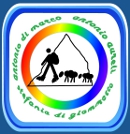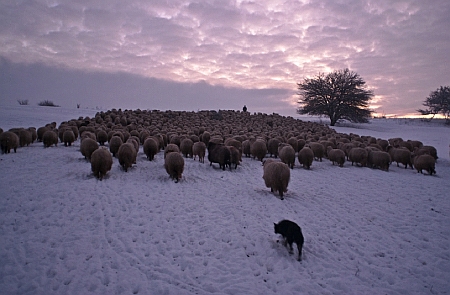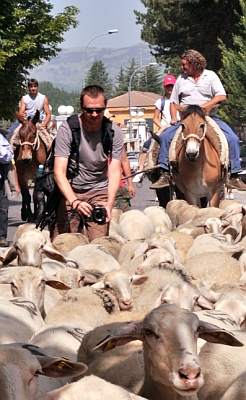
|
|
|
Dal
29 giugno al 1 luglio 2012 presso la chiesa di S. Giuseppe, in corso Umberto
I, 128 ad Amatrice (RI), si è svolta la mostra fotografica delle
opere dell'artista - fotografo - regista Dragos Lumpan. La mostra si è
tenuta grazie alla collaborazione dell'Associazione Culturale "Il
Viaggio della Transumanza", l'ANFoSC
, l'Ente CRA-PCM,
l' ARSIAL e con il
patrocinio del Comune di Amatrice. From
June 29th to July 1st in the church of S. Giuseppe in Amatrice (Rieti)
was open a public exhibition of Dragos Lumpan photographer – artist
– director. The exhibition was organised thanks to the collaboration
of the Cultural Association The Travel of Transhumance, ANFoSC,
CRA-PCM,
ARSIAL and it was
supported by Amatrice Municipality.
|
 |
|
Il fotografo rumeno freelance per il National Geographic Dragos Lumpan è famoso in molti Stati Europei e negli USA. Ha al suo attivo numerose esposizioni, due film e pubblicazioni. La sua opera è tesa principalmente a documentare le ultime testimonianze della vita monastica, della natura selvaggia e del pastoralismo e della transumanza in tutta Europa. I suoi lavori sono stati riconosciuti e premiati a livello nazionale ed internazionale e dala Banca Centrale Europea. Maggiori informazioni sul sito di Dragos Lumpan. The Romanian photographer and Freelancer for National Geographic, Dragos Lumpan is well-known in many European Countries and in The States, having published numerous features, two films and realised many personal exhibitions. His work was addressed mainly to portrait the last testimonies of monastic life, nature wildlife and shepherds and transhumances all over Europe. His work has been awarded by the European Central Bank and many national and international prizes. More information on Dragos Lumpan's website. Principali
opere / Main works: Personal
exhibitions: |
La
mostra di Amatrice era focalizzata sulla pratica della transumanza nei
paesi di tutta l’Europa, dalla Grecia all’Albania, dal Galles
alla Romania, alla Turchia ed all’Italia, sottolineando le differenti
tradizioni culturali e i diversi stadi di sviluppo. The
exhibition in Amatrice was focused on the practice of in countries across
Europe: Greece, Albania, Wales, Romania, Turkey and Italy, highlighting
different cultural traditions and speeds of development.
|
 |
Alcune immagini della mostra di Amatrice/ Some images of Amatrice's exhibition
|
|
|
|
|
|